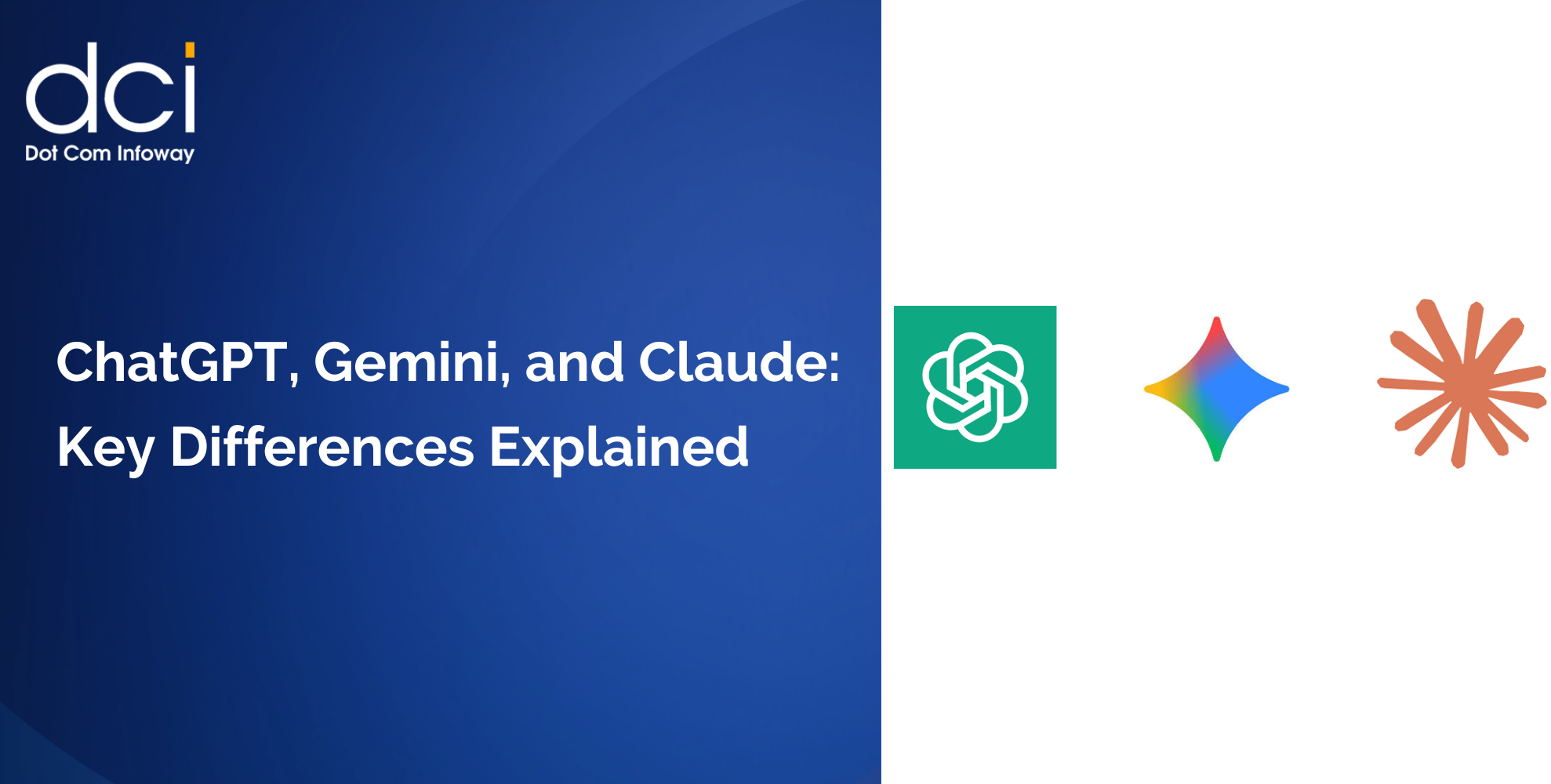What Are Featured Snippets?
Featured snippets are short, direct answers displayed at the top of Google’s search results, often called “position zero.” These snippets come in different formats, including paragraphs, lists, tables, and videos. Google pulls these directly from web pages that provide the most relevant response to a user’s query. For instance, if someone searches “How to rank for featured snippets?”, Google might extract a well-structured list or summary from a relevant blog post, highlighting it above all search results.
Why Are Featured Snippets Important in 2025?
The landscape of search is evolving rapidly, and voice search, AI-powered searches, and zero-click results are becoming the new norm. Since featured snippets often serve as direct answers in voice search results, ranking for them means more visibility, higher CTRs (click-through rates), and increased brand authority. With Google’s ever-improving AI models, ensuring that your content aligns with its search intent and quality guidelines is more crucial than ever.
1. Focus on Answering Specific Questions
The foundation of featured snippets is answering user queries clearly and concisely. Google selects snippets that offer the best and most direct response to a search intent.
To optimize for this, start with:
- Keyword research to find the exact phrases people search for.
- Identifying question-based queries using tools like Google’s People Also Ask (PAA), AnswerThePublic, and SEMrush’s Keyword Magic Tool.
- Structuring your answers within 40-50 words, as Google prefers concise, well-formatted content.
For instance, if your target keyword is “What is a featured snippet?”, craft an authoritative but direct answer:
“A featured snippet is a highlighted search result displayed at the top of Google, providing a concise answer to a user’s query in the form of text, lists, tables, or videos.”
2. Optimize Content with Structured Data & HTML Markup
Schema markup plays a crucial role in helping Google understand your content. Using structured data (such as FAQ schema, HowTo schema, and List schema) makes your content more snippet-friendly.
Some important markups include:
- FAQ Schema: Helps Google identify Q&A-style content.
- HowTo Schema: Ideal for step-by-step guides.
- Table Schema: Used for comparison-style snippets.
Additionally, proper HTML heading structure (H1, H2, H3) is essential. Google prefers hierarchical formatting, making it easier to extract data for snippets.
3. Use Bullet Points, Lists & Tables for Easy Scanning
Google favors content that is easily digestible, and lists and tables make it effortless for algorithms to extract information.
Best practices include:
- Ordered Lists: For step-by-step tutorials (e.g., “How to set up Google Analytics”).
- Unordered Lists: For categorical data (e.g., “Best SEO tools in 2025”).
- Tables: For structured comparisons (e.g., “Pricing plans of different SEO tools”).
Google prefers displaying numbered lists and bullet points, so incorporating them strategically within your content increases snippet eligibility.







![The Game Marketing Guide: Pre and Post-Launch Strategies [Infographic]](https://www.dotcominfoway.com/wp-content/uploads/2023/09/DCI-Game-Marketing-blog-1.jpg)















